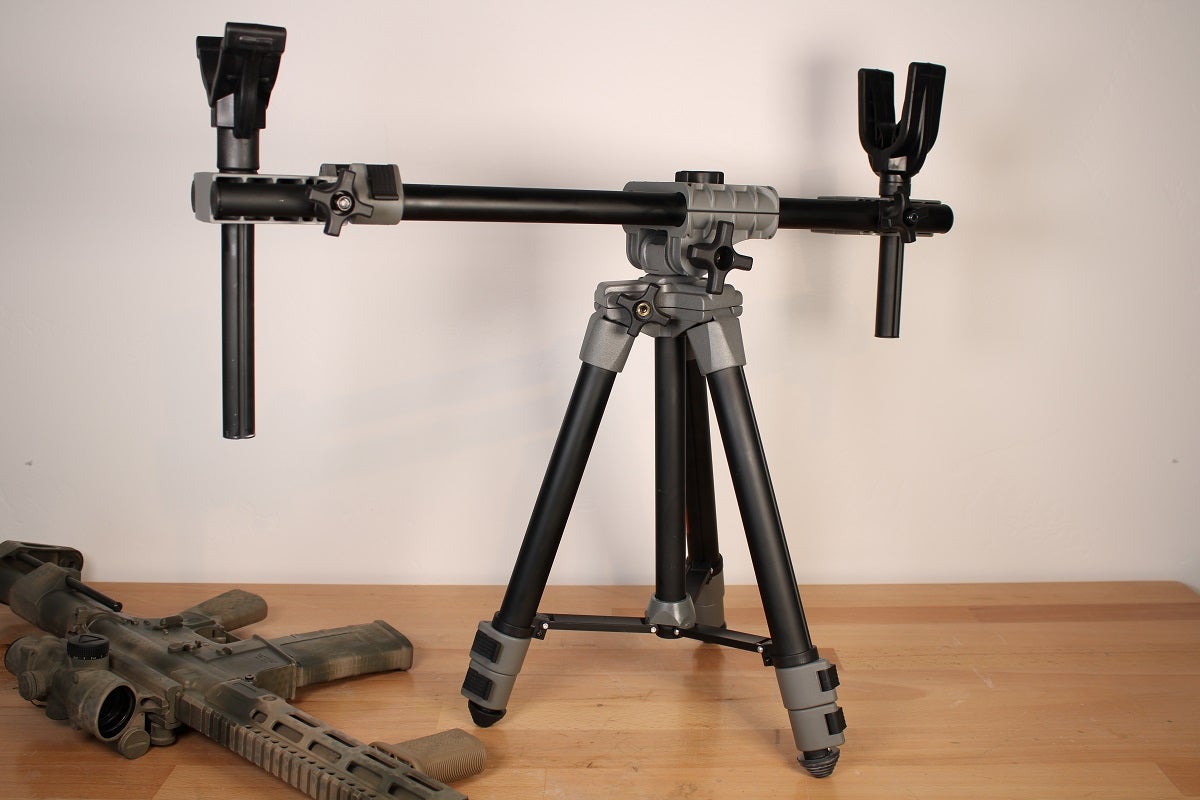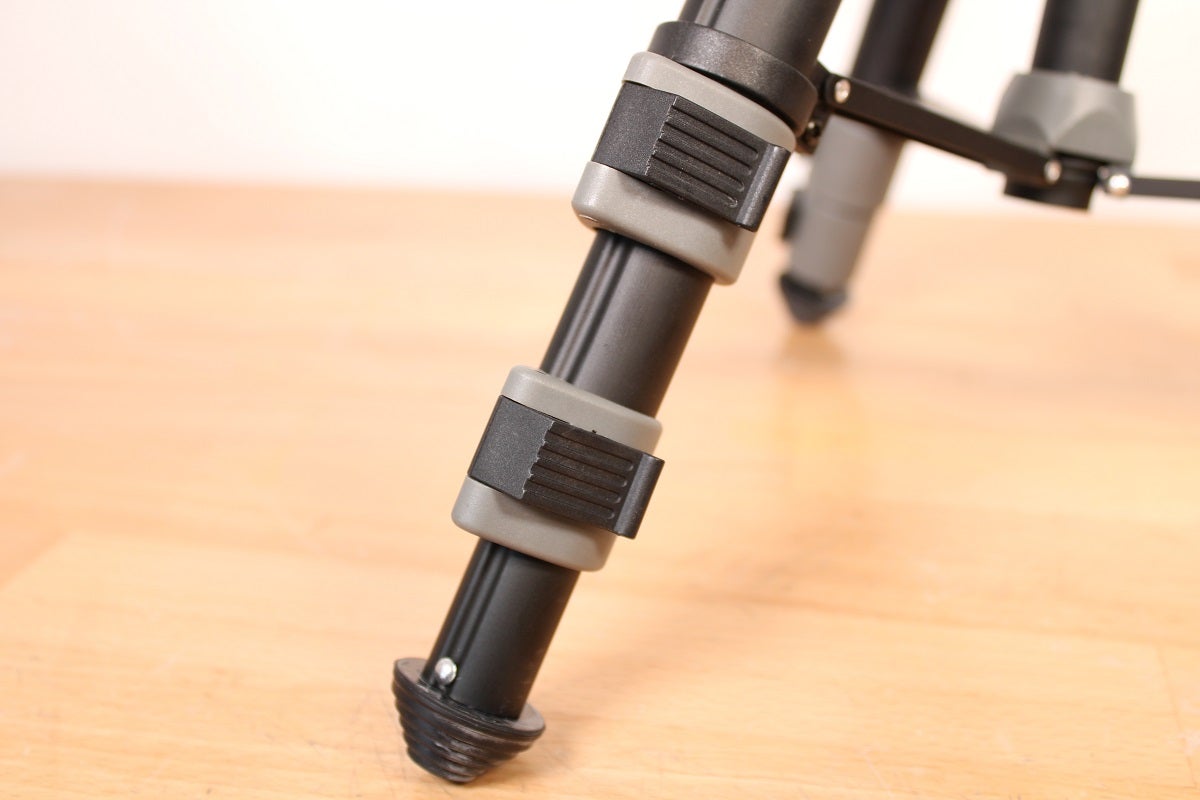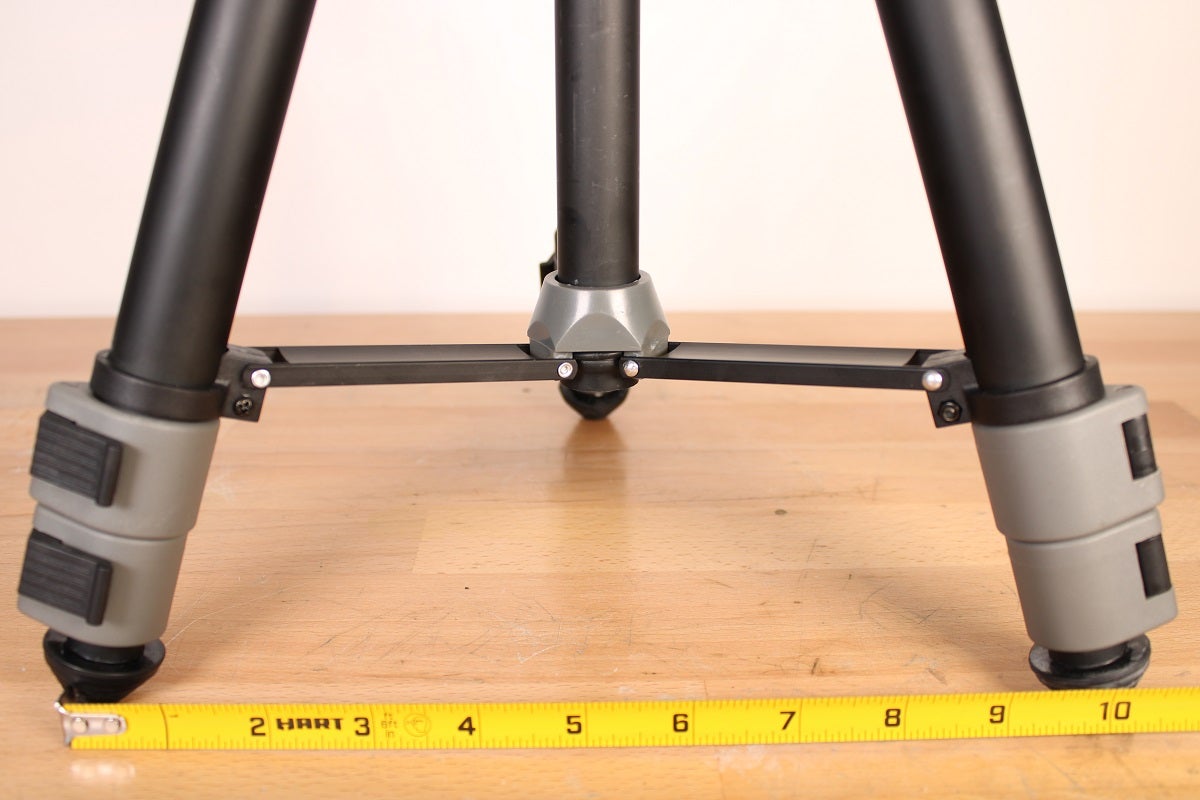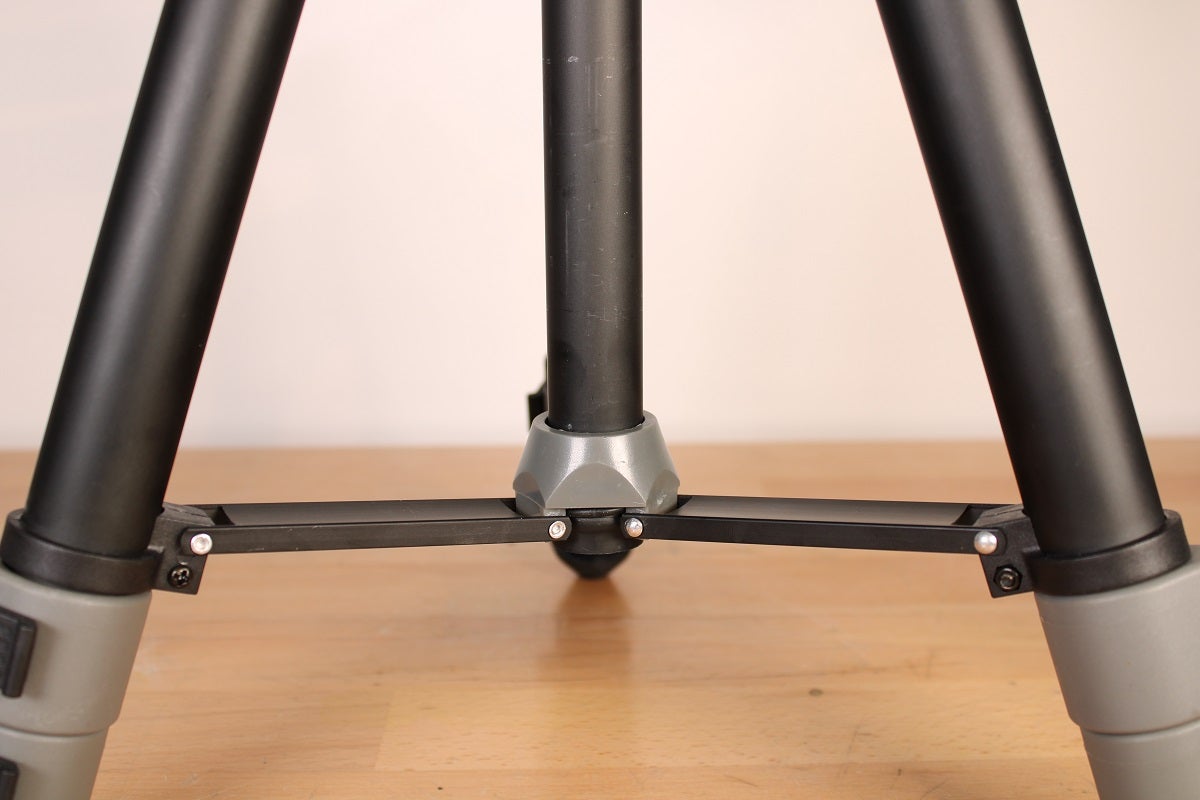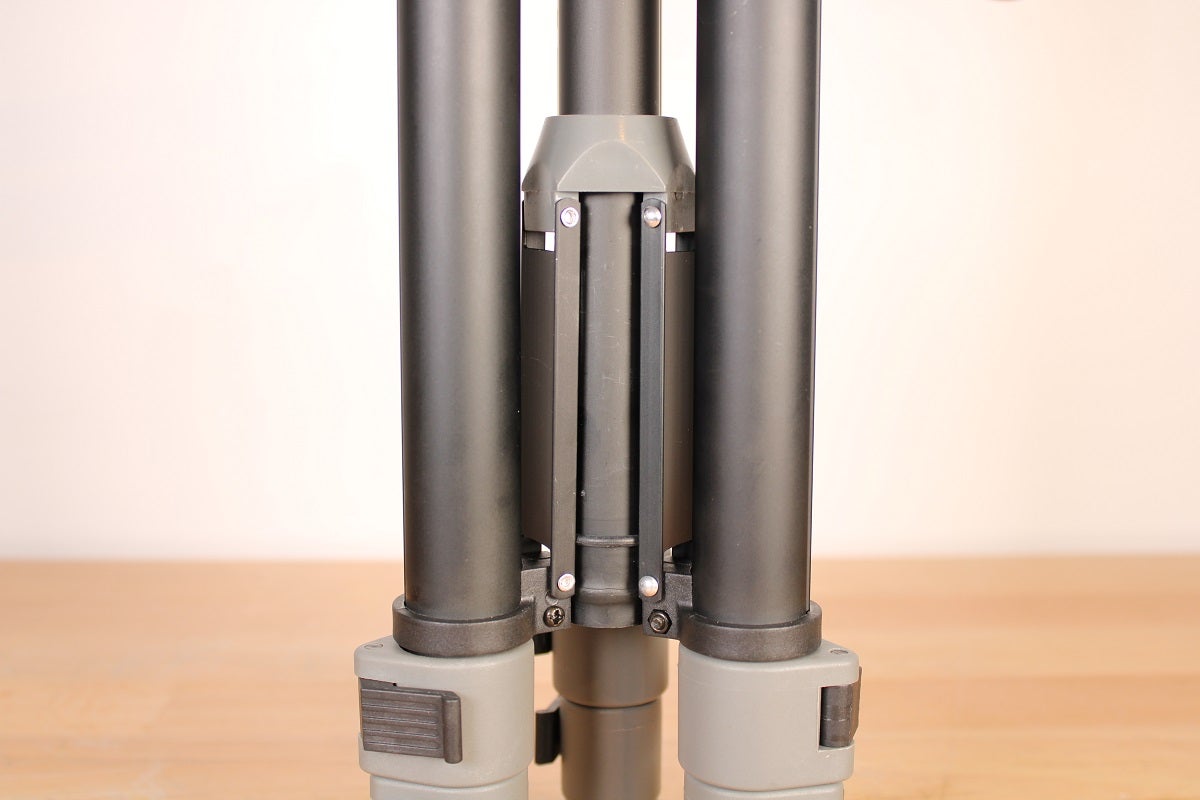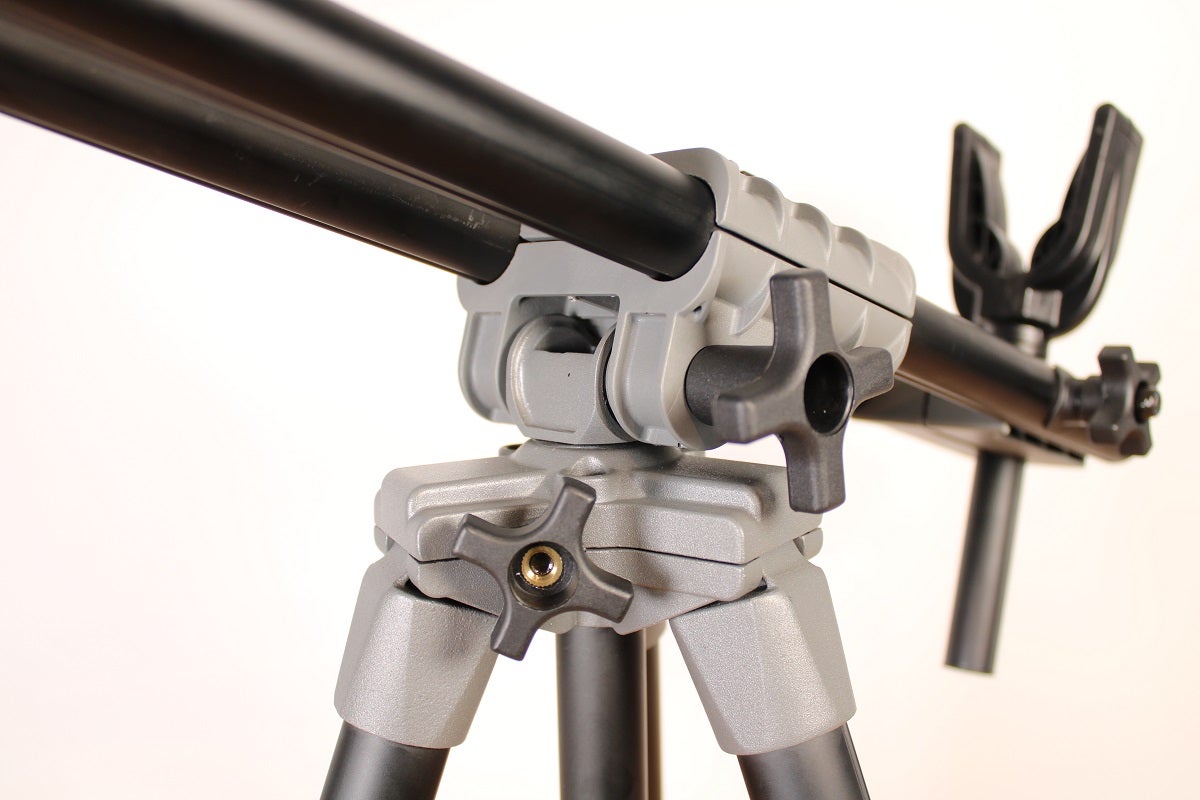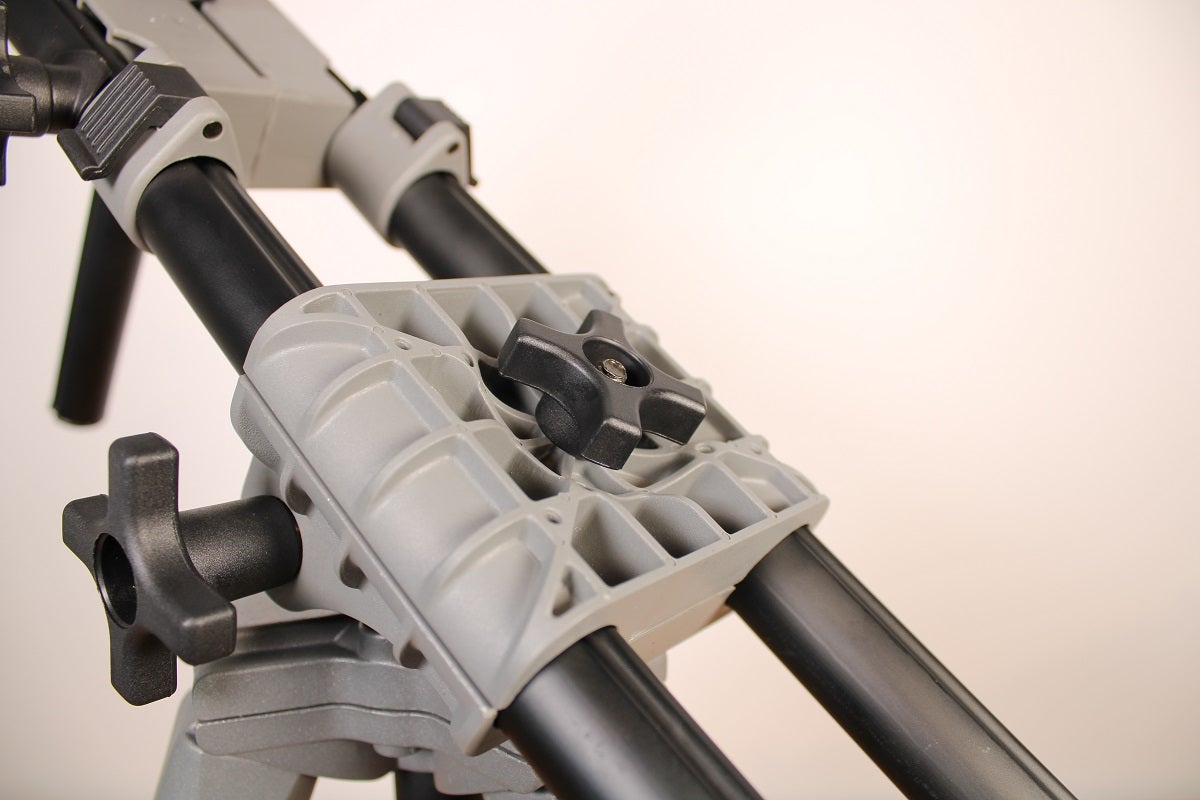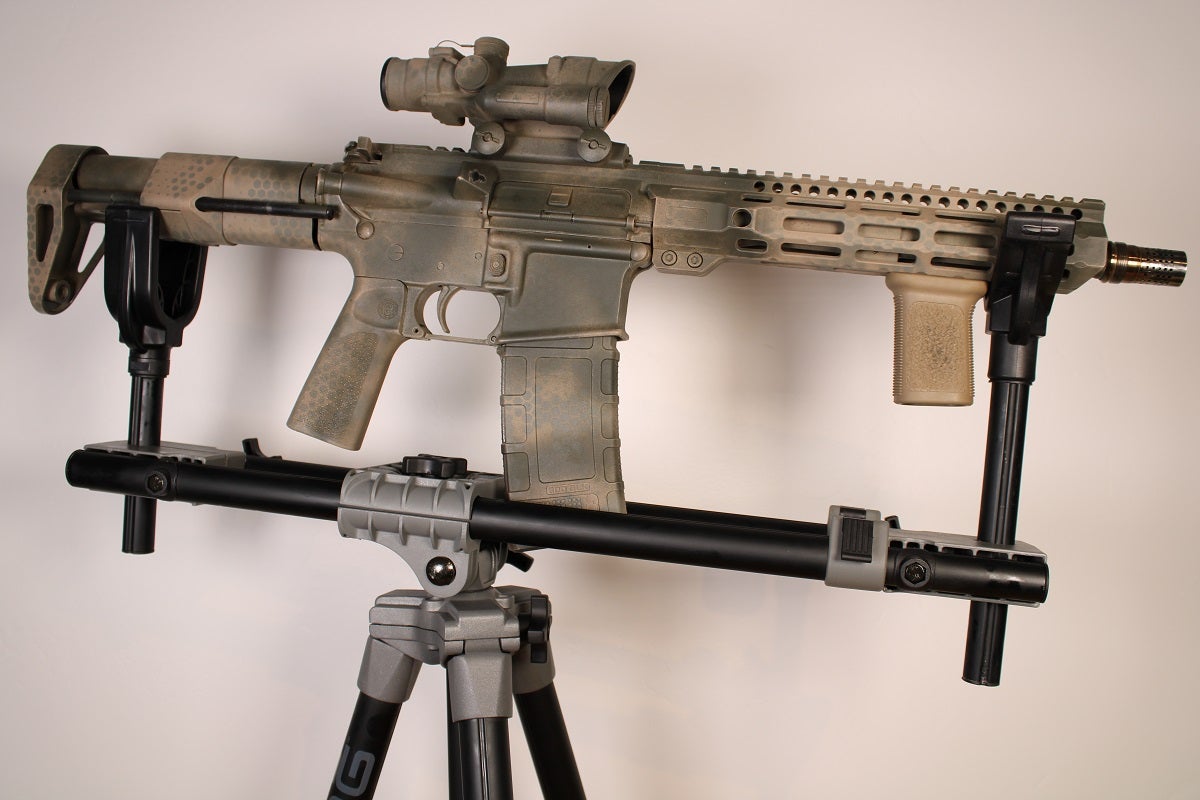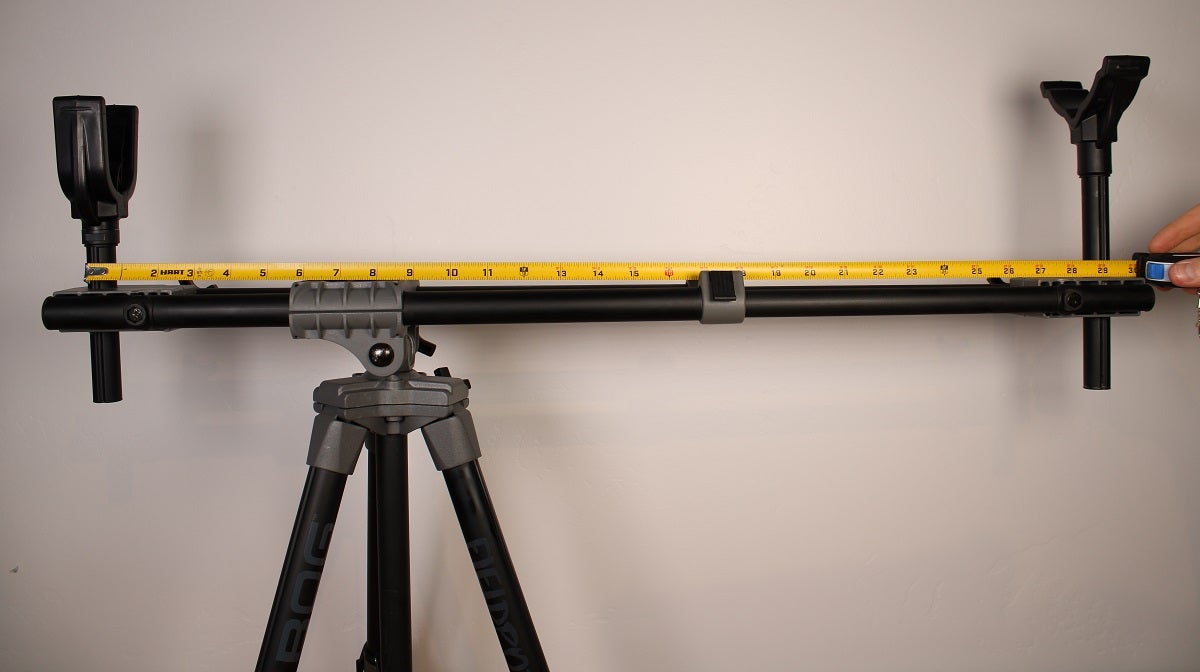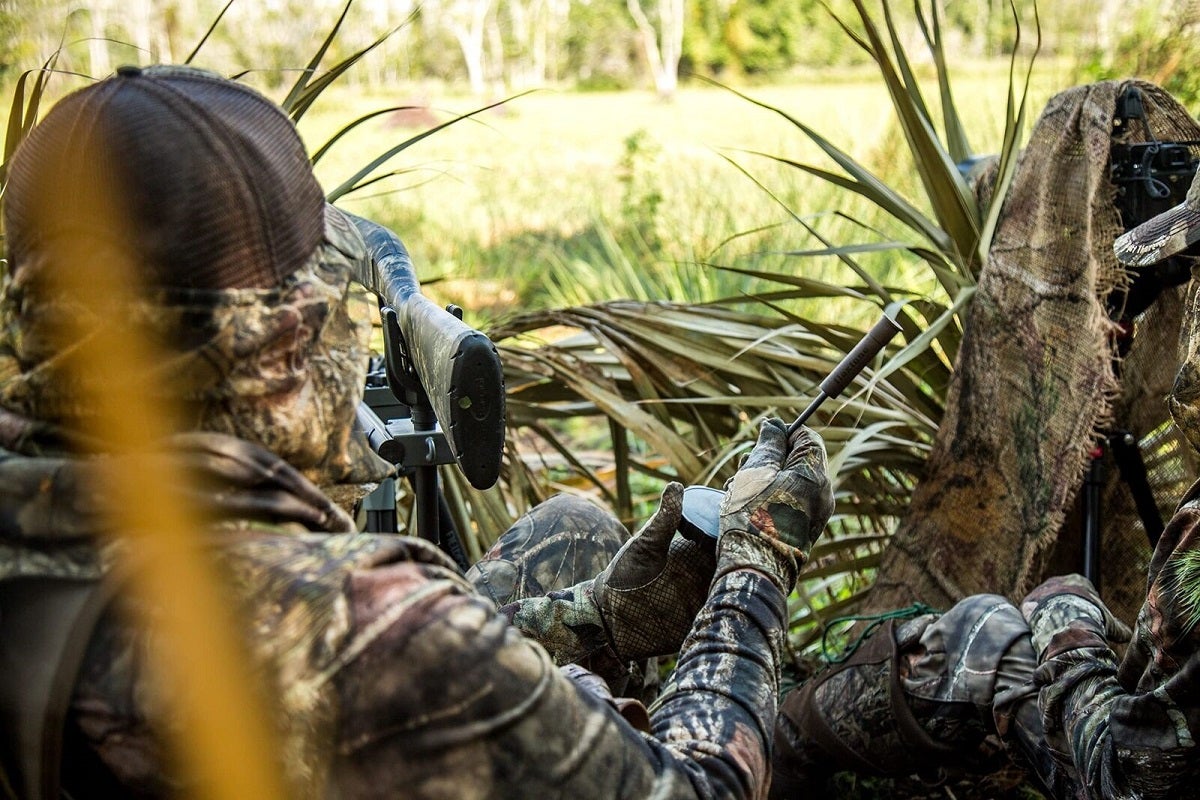AllOutdoor Review: BOG Fieldpod Tripod – Initial Unboxing & Setup
Travis Olander 11.02.23
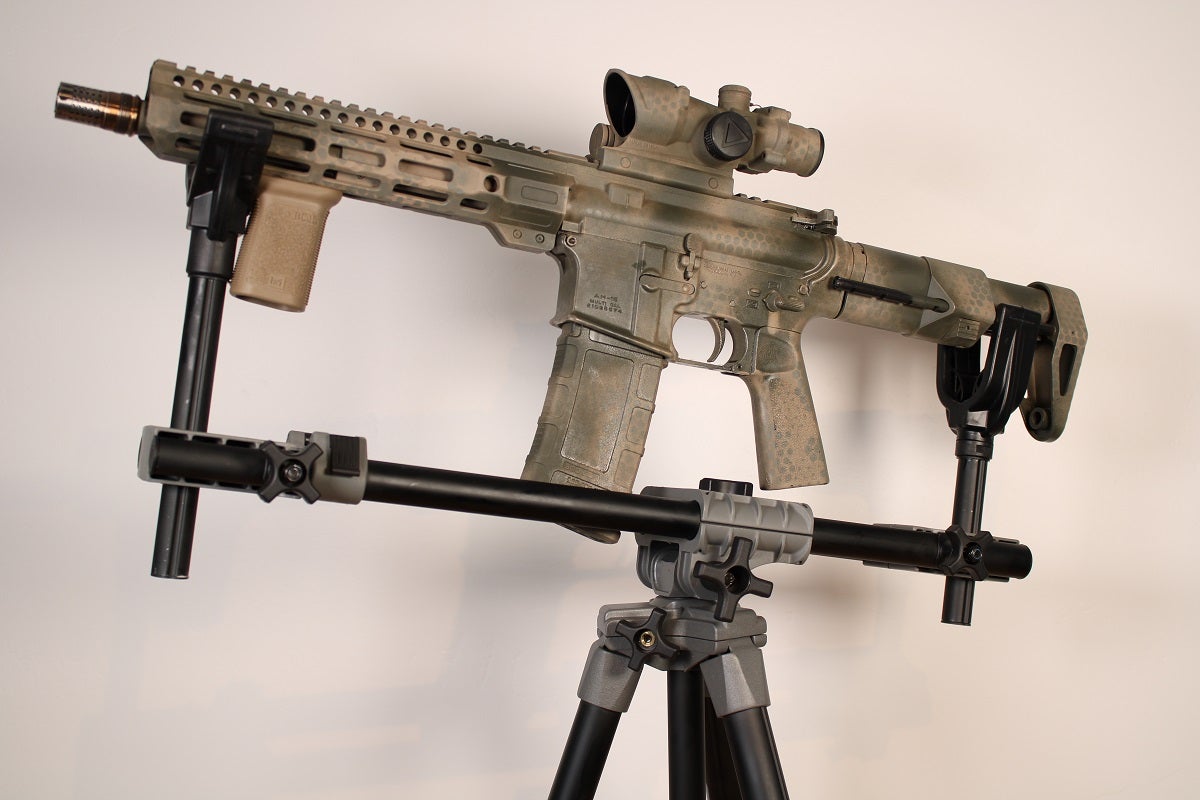
Deer season’s here across the country. For many of us, that means posting up in a blind… and sitting. Lots of sitting. But you can’t be complacent in the blind, lest you miss your one chance to put that tag to good use. That means keeping your rifle at the ready, which can get surprisingly tiresome. That’s where a shooting tripod comes in. But lugging a bunch of gear can be annoying, too. So, you want something lightweight and portable. That’s where the BOG Fieldpod comes in. Let’s take a look.
Tripod Coverage on AllOutdoor
- New TVC-22iC Compact Tripod from RRS
- NEW Vortex Optics Switchback Carbon: Carbon Fiber Tripod + Ball Head
- AllOutdoor Review: The Vortex Optics Mountain Pass Tripod
- [ATA Show 2022] BOG Deathgrip Tripods – Infinite, Sherpa, and Camo
- [ATA Show 2022] Primos Trigger Stick Apex Carbon Fiber Tripod
BOG Fieldpod Tripod – Features & Specs
- Tilt up to +/- 45 degrees
- Weighs approx. 6.5 lbs
- 20″ to 42″ of total height
- Rotation of 360 degrees
- Cast aluminum main hub
- Each leg adjusts individually
- Grippy rubberized gun cradles
- Split frame fits box magazines
The tripod comes assembled; there are no tools nor fitting required. The Fieldpod’s minimum height is as advertised, with the front and rear gun cradles sitting about 20″ above ground when all legs are collapsed. First impressions on holding the tripod: It’s surprisingly lightweight. I’d expected a bit more mass given, but the aluminum tubing and polymer fixtures make it easy to carry. It certainly doesn’t feel like 6.5 pounds, which is good for carrying to your favorite hunting spot.
Each leg is individually adjustable; another small touch that makes for a nice feature in the field. The pod will level out nicely on uneven terrain, so you’re not left trying to shim the setup to get your rifle and optic lined up properly. The plastic feet are nothing to write home about, though – they’re simple and get the job done, but upgraded feet are available with some small spikes that’ll dig in and provide some extra footing and recoil control. Each foot’s removed via a small screw.
For those of you sitting in cramped blinds with your buddies and gear, the tripod sits pretty compact at minimum height. Distance between each leg at 20″ collapsed measures almost exactly 10″ across; that distance between each about doubles to 20″ across at full height (~42″), so it still takes up relatively little space.
The center frame provides some extra support, which is good; I can tell the legs feel a bit bendy at full extension, but these folding braces tighten everything up nicely. Thankfully, no plastic fittings, here – all aluminum with steel pins holding everything together.
The brace folds smoothly, though I can tell it’ll feel a bit tight once you get it in the field, covered in dust and grit. I’d throw some grease or oil inside the ring that secures the braces to the center post to preempt this. There is, unfortunately, no locking ring on the center spot, either – so the legs are free to fall and extend if you don’t cinch them down with a fastener of some kind. This can be remedied easily enough with a hook-and-loop strap, but it’d be nice to get one in the box.
Moving up to the center, we find lots of plastic. I was, initially, disappointed to see no aluminum anywhere, here – but upon closer inspection, I found the tunnels that host the threads for each wingnut are, in fact, made of steel. The wingnuts also thread into steel washers on the opposite ends, so they’ll at least withstand repeated use. It’d be nice to see more aluminum built into these center supports, but the Fieldpod’s billed as a budget tripod.
With that said, the adjustments work well, and plenty of torque is achieved to keep things locked horizontally and vertically. I leave the bottom nut relatively loose, which provides easy panning left and right, while locking down the top nut for elevation to remain at a fixed plane. The base swivels smoothly, without any catching or grinding, so it’ll serve its purpose well when you spy some antlers and need to adjust accordingly.
The third wing nut atop the base clamps the horizontal, tubular supports. Loosening this provides telescoping the entire assembly forward or backward, allowing you to adjust for your long gun’s center of gravity and position of your box magazine, if applicable.
The split frame provides ample room for the typical double-stacked rifle magazine. I was also glad to find the center brace was short enough to provide the necessary clearance between the mag and pistol grip. Fitting your rifle up, regardless of overall length, is easy, too – the center support extends forward, in addition to telescoping, to allow for longer barrels and handguards.
At its minimum length, I was able to just barely fit this 10.5″-barreled AR; you may find the rear cradle fits a bit wonky for AR-type, stocks though. This setup was clearly intended for traditional wood or fixed stocks without any buffer tubes or
At full extension, the horizontal frame provides 29″ of support – more than enough to accommodate any semiauto rifle, shotgun, or bolt action.
Who’s the BOG Fieldpod for?
The BOG Fieldpod is simple, compact, and effective at what it’s made to do: Host your typical hunting rifle or shotgun – or any box mag-fed long gun – while you’re on the hunt, so you’re not left feeling fatigued or caught unawares when it’s time to pull the trigger. The BOG Fieldpod is probably the lightest and smallest shooting tripod I’ve ever put my hands on, which lends itself to easy transport on foot. Buy a simple sling with some Velcro fasteners on either end, and you can carry the BOG Fieldpod hands-free easily enough.
With this in mind, the Fieldpod’s certainly not well-suited for, say, magnum-fed rifles or big-bore shotguns. It’s best left to 12-gauges filled with birdshot, or the myriad intermediate cartridges often used for deer hunting – .243, the 6.5mm family, some 300 BLK, 5.56 and .223, and perhaps up to .308.
If you’re looking for a tripod that can handle larger calibers and rougher terrain, check out our review of the new TVC-22iC Compact Tripod from RRS.
